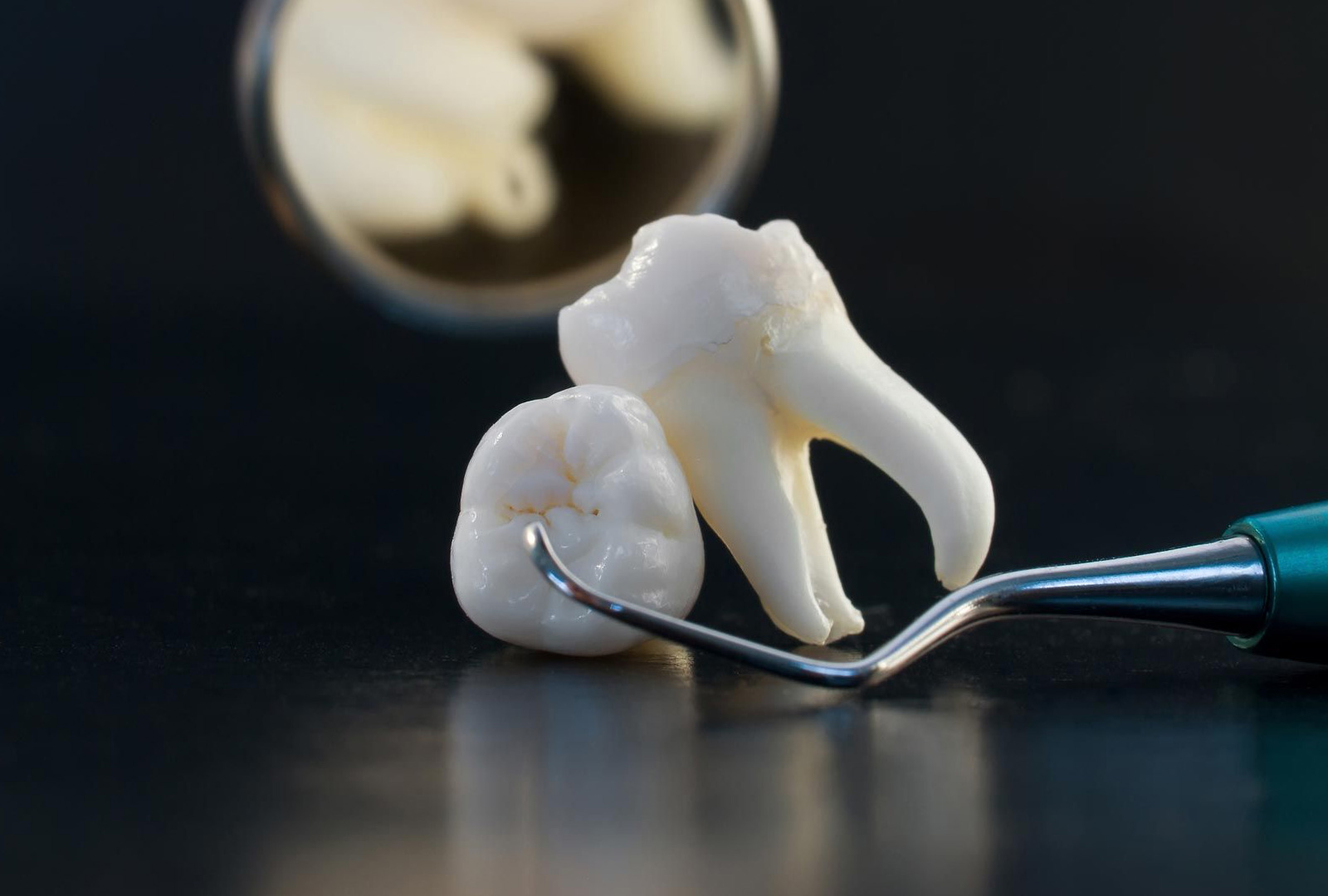-
Modern Technology
With modern techniques and local anesthesia, tooth extraction has become a painless procedure.
-
Fast Recovery Process
The recommended care and treatment methods after tooth extraction ensure a fast and healthy recovery.
What is Tooth Extraction?
Tooth extraction is a dental treatment procedure in which the tooth is completely removed from its socket. It is usually performed by a general dentist, oral surgeon or periodontist. Tooth extraction may be required in a variety of situations, such as decayed teeth, correction of jaw structure, dental trauma or to solve problems related to tooth extraction. This procedure can be performed in a variety of situations, from emergency situations where symptoms such as pain or discomfort are present, to routine procedures that are scheduled as needed during regular dental care.


